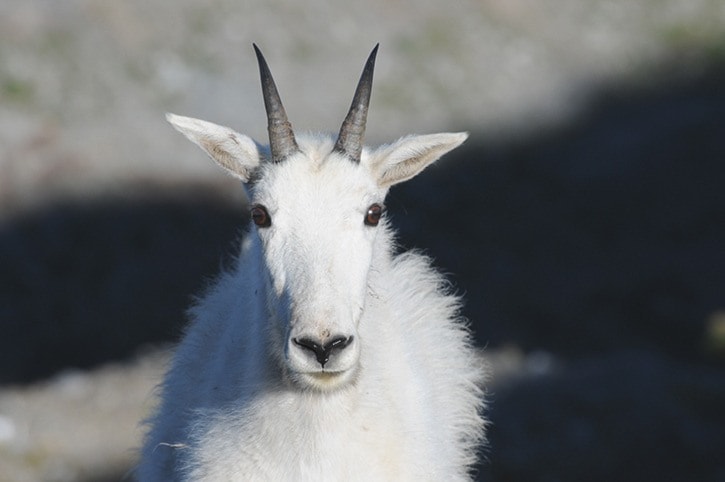With spring upon us, many of us will be spending more time in the outdoors reacquainting ourselves with the magic of the forest and mountains. Some will extend that journey by painting or photographing scenery or wildlife.
Many of you may have seen the film footage of the grizzly sow charging Leon Lorenz four years ago in the Robson Valley in B.C. The only positive to be taken from the interaction was Mr. Lorenz’s calmness in discharging his firearm into the air to scare off the sow. Other than that, there were a number of errors that placed both grizzly and photographer in danger, being in too close proximity being the biggest issue. Yet all the issues discussed following the incident — the right to carry a firearm, the right to enter the bush to film wildlife, the right to pursue that lifestyle — never once was it mentioned about the sow and cub having the right to feed in peace without being placed in a stressful situation.
Wildlife photography should be about responsibility, respect, and above all, applied knowledge. Supposedly Mr. Lorenz has 19 years experience; it’s obvious by his own film evidence he applied no respect, responsibility or knowledge while endangering both sow and cub.
Wildlife photography is much like first aid. Start with scene survey, know your terrain, and recognize any other issues in the vicinity that could lead to a stressful environment before selecting a location to film your intended target.
The A,B,C,D of wildlife photography in a nutshell are:
A: Air. Which direction is the wind blowing from? A strong, steady wind is preferred in an attempt to locate down wind, where a luffing wind that is constantly changing could place your target in undue stress.
B: Behaviour. Both yours and the target’s is important. Don’t push your personal space onto the animal in question, as in Mr. Lorenz’s case, and this is where the issue of the handgun comes into play. Does the gun make individuals bolder than they would be without? I’ve been photographing wildlife more than 40 years without a firearm, and I still have all my fingers and toes. By all means carry a firearm, but ask yourself, would you move in such close proximity to a grizzly sow with cub without a firearm? This isn’t an issue of rights but one of respect towards your target.
C: Consideration. This is applying knowledge over many years gained from theory, practical experiences, and acting mentors. You consider the food supply, regional population dynamics, environment, mating season and a host of other factors that play into the behaviour of the animal and your own personal knowledge of a specific animal’s personality. This only comes after years of observing the same animal in a variety of scenarios.
D: Distance. Always maintain a far distance. With a grizzly sow and cubs, a hundred metres or more, and even then, unless you know the disposition of the sow in question, it is only a perceived safe distance. With the technology of telephoto lenses there is no reason to push the envelope as Mr. Lorenz did. This past summer I ran into several grizzlies and mountain goats that I’ve observed over the years. I kept my distance and the animals carried on foraging, playing, and fighting, and in some of the cases the animals wandered up to and around my position carrying on their daily routine without undue stress.
Respect, responsibility, and knowledge are the foundation of professional wildlife photography — not rights or entitlement. And if I’m perceived as being arrogant sometimes, it’s not arrogance but frustration that wildlife is destroyed because of our ignorance and indifference towards them, such as with the wolf and grizzly.
Lawrence Woodall is a longtime naturalist who has spent much of his life in the outdoors.
